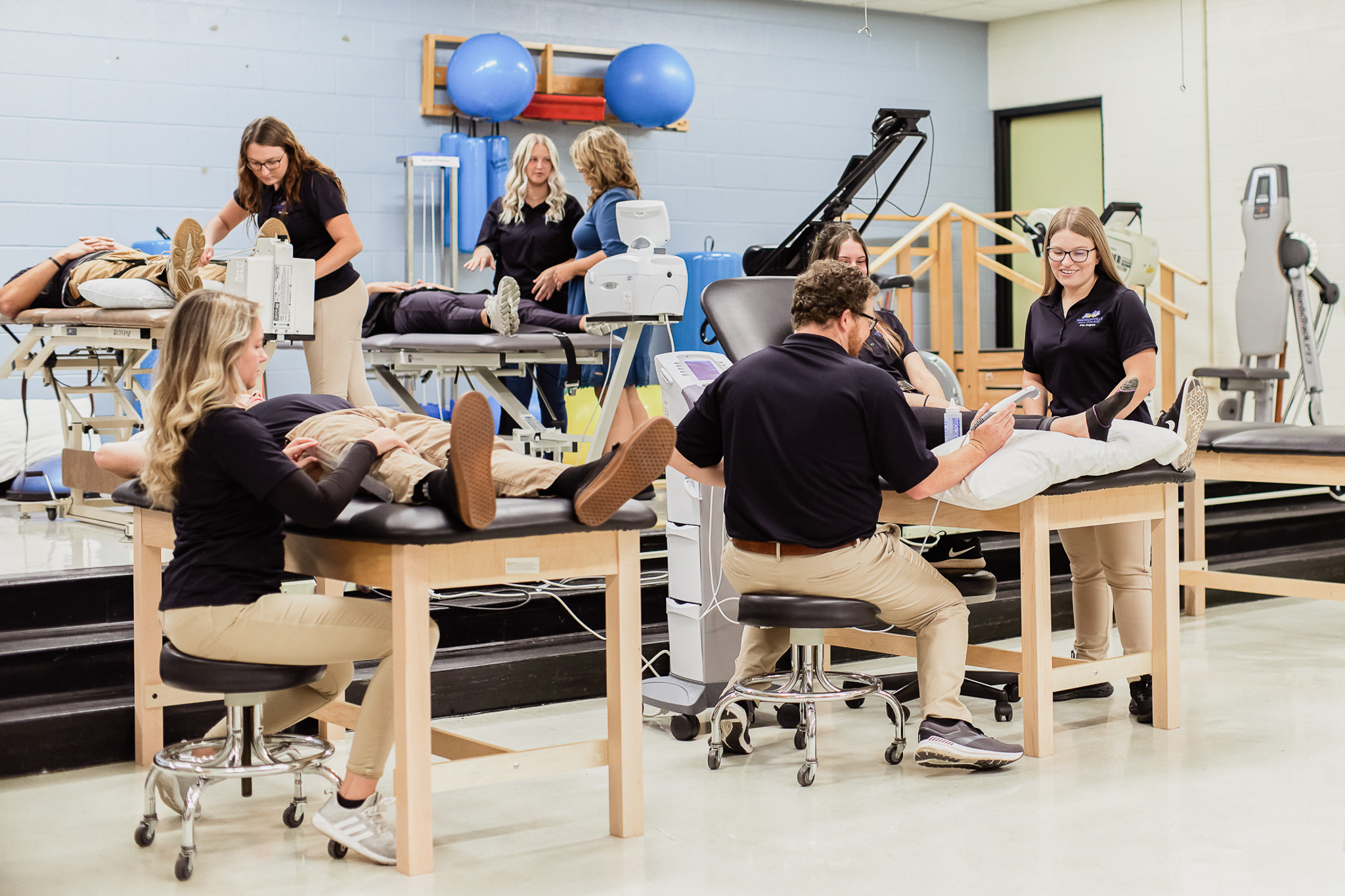Learn About Frequent Sports Injuries as well as Effective Recovery Strategies for Athletes
Learn About Frequent Sports Injuries as well as Effective Recovery Strategies for Athletes
Blog Article
Sports injuries are frequent among athletes of every age groups and proficiency levels. These traumas can occur in multiple types, including sprains, strains, fractures, and tendonitis. Understanding the types of traumas that can happen during athletic events is crucial for both avoiding and care. Ligament injuries, for instance, entail the overextending or tearing of ligaments, which connect skeletal structures at a articulation. Muscle injuries, on the contrary hand, impact muscle tissues or tendon structures, which connect muscle tissues to bones. Recognizing these traumas early can help athletes obtain appropriate care and return to their activity more quickly.
One of the most frequently seen injuries in sports is the foot ligament injury. This trauma often occurs when an athlete touches down ungracefully or rotates their ankle during a game. Signs of an ankle ligament injury include discomfort, swelling, and trouble walking. Immediate treatment typically includes the R.I.C.E. approach, which represents for Recovery, Ice, Compression, and Lifting. This method helps minimize swelling and discomfort. In more serious cases, rehabilitative treatment may be required to regain power and mobility to the ankle before going back to sports.
Another frequent injury is a muscular strain, which can occur in any athletic activity that demands quick movements or intense lifting. Sportspeople may experience a muscle injury when they stretch a muscular tissue too far or when they apply too much effort. Symptoms include acute pain, inflammation, and muscle spasms. Recovery for muscle injuries often includes gentle flexibility exercises and strengthening workouts. Gradually raising activity levels is vital to prevent re-injury. Sportspeople should work tightly with a rehabilitative therapist to create a safe and efficient recovery plan.
Tendon inflammation is another trauma that can impact athletes, particularly those who participate in frequent motions, such as runners or swimmers. This condition happens when a tendon structure, which links muscular tissue to bone, becomes inflamed. Common areas involved by tendon inflammation include the arm, shoulder, and knee. Symptoms often include discomfort and rigidity, especially during activity. Treatment for tendon inflammation usually includes recovery, cooling, and anti-inflammatory medications. In certain situations, rehabilitative therapy may be recommended to improve flexibility and power in the injured area.
Preventing sports traumas is just as crucial as addressing them. Athletes can reduce their risk go to this site of trauma by heating up properly before activities, using the appropriate gear, and keeping good physical condition. Power conditioning and flexibility exercises can assist ready the body for the demands of athletics. Additionally, sportspeople should pay attention to their bodies and take rest when necessary. By understanding frequent athletic traumas and implementing effective recovery plans, athletes can stay fit and participate in their favorite sports for years to follow.